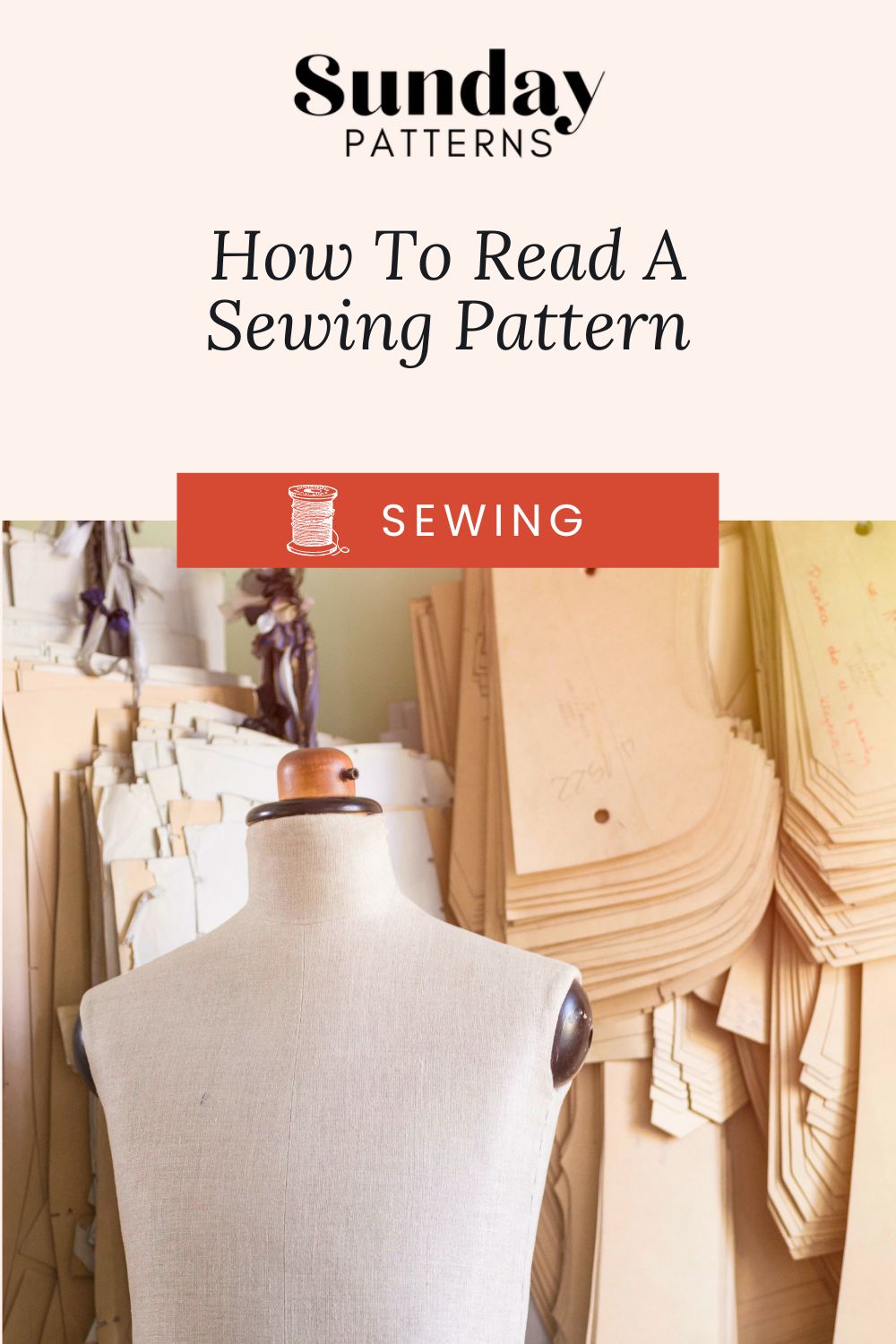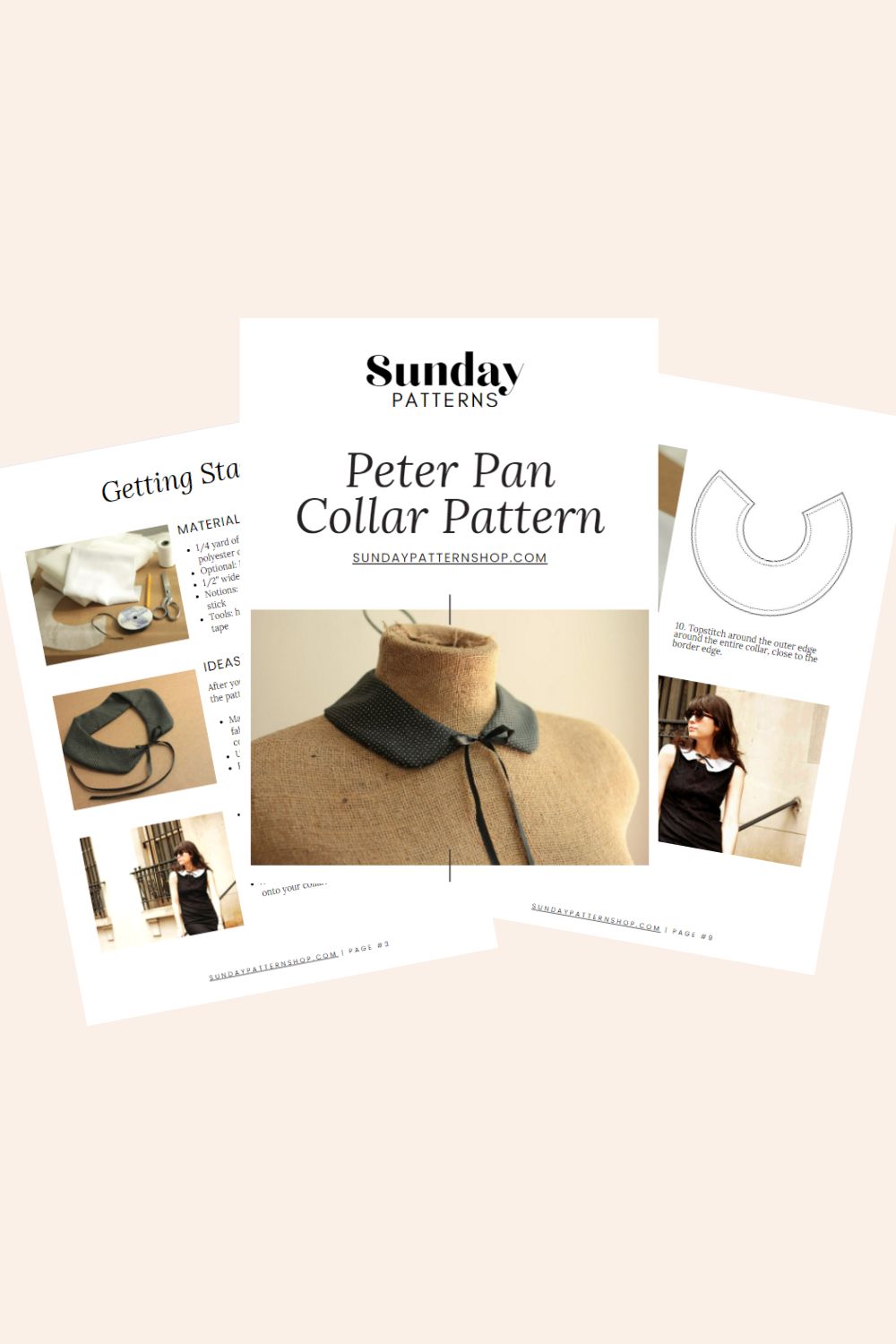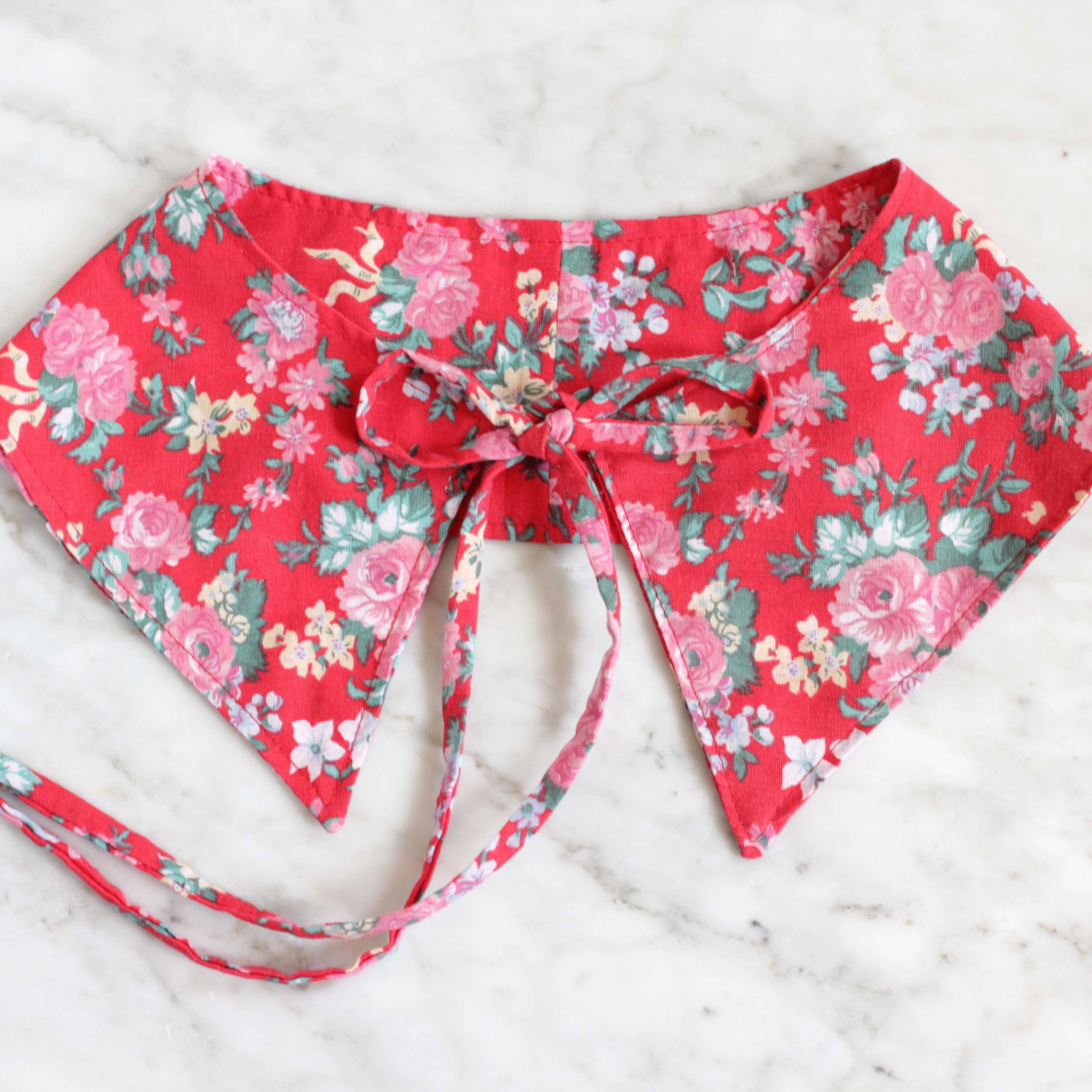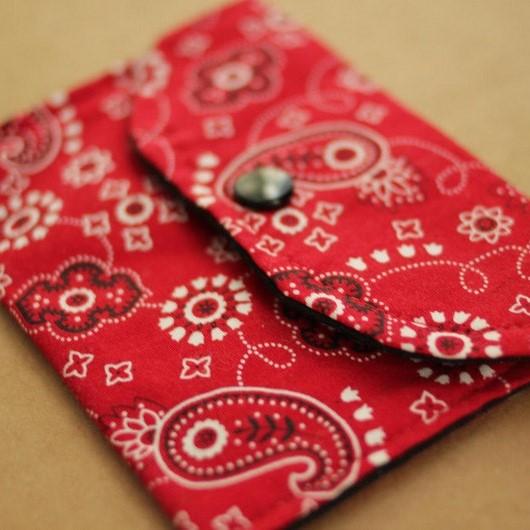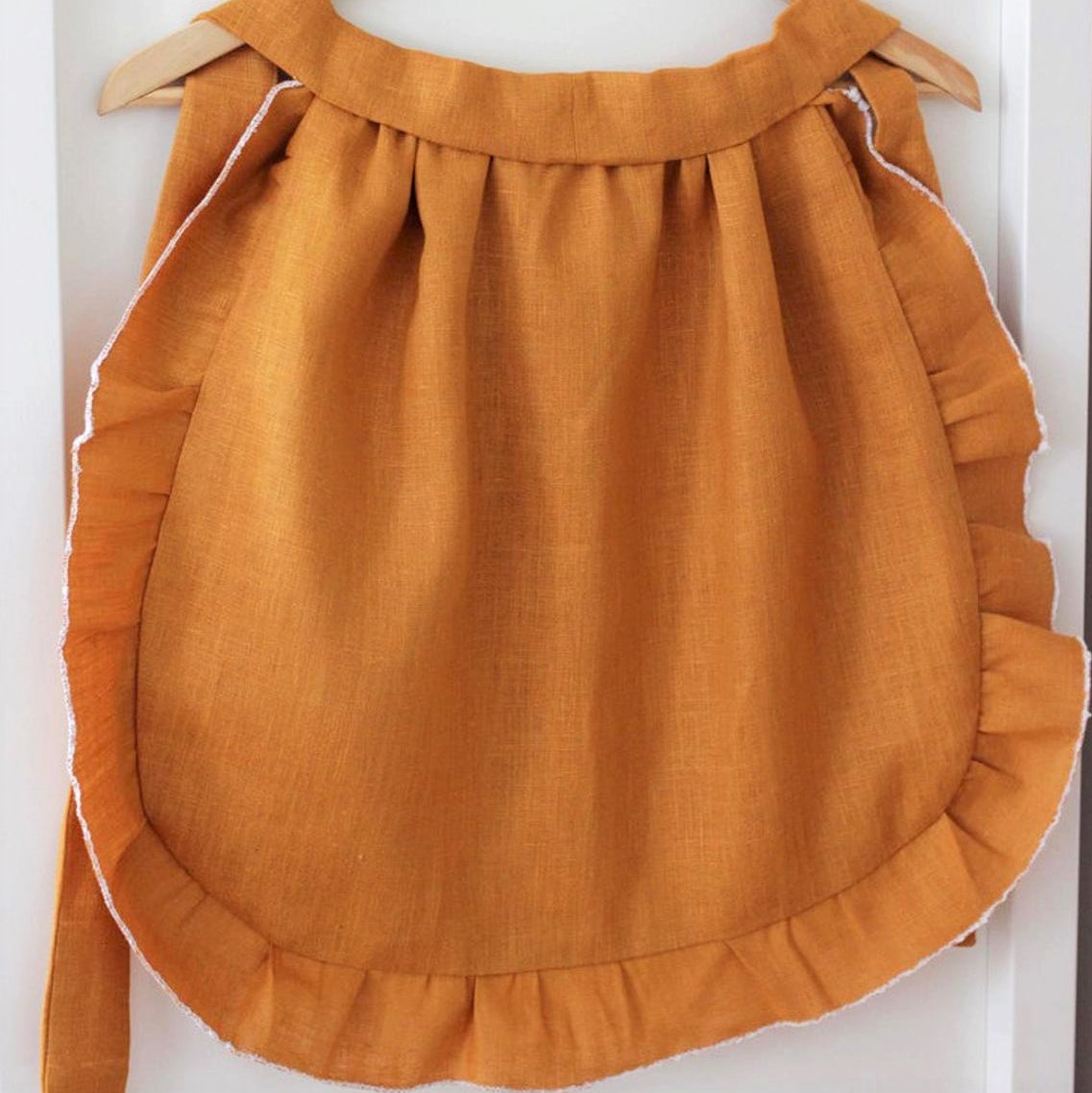Sewing Patterns Are Hard To Read
How to read a sewing pattern is a learned skill. For commercial patterns, I feel like reading a pattern isn’t intuitive or easy to figure out. There are mysterious sewing symbols, confusing instructions and not to mention just the information on the pattern envelope. I was so lucky that my mom not only knew this skill, but taught me how to do it when I was a kid.
Every time we’d go to the store, I’d peruse the pattern books in the craft section and pick out a pattern I liked. My mom taught me how to buy the fabric and materials, and I’d watch her sew. She made me skirts, Halloween costumes, and outfits for my school activities.
When I was in middle school, I made my first garment from a pattern myself. It was a pencil skirt, and for my fabric, I used a New Kids on the Block curtain that I found in our craft room. I mostly did it on my own, but when I’d get stuck, I’d ask my mom to interpret the pattern or show me what it meant.
About Commercial Sewing Patterns
Reading a commercial pattern is hard work when you’ve never done it before! It’s a whole different language, and there are so many implied steps that you just have to know. I was so lucky that my mom could teach me, not only how to sew, but how to read a pattern.
About Vintage Sewing Patterns
Then, after sewing for years, I attempted my first vintage pattern from the 1940s. If I thought modern commercial patterns were hard, vintage patterns were on another level. Each “step” in the pattern was really about 20 sub-steps that were not explained or detailed. There were so many things the pattern assumed you’d know how to do, and didn’t call out.
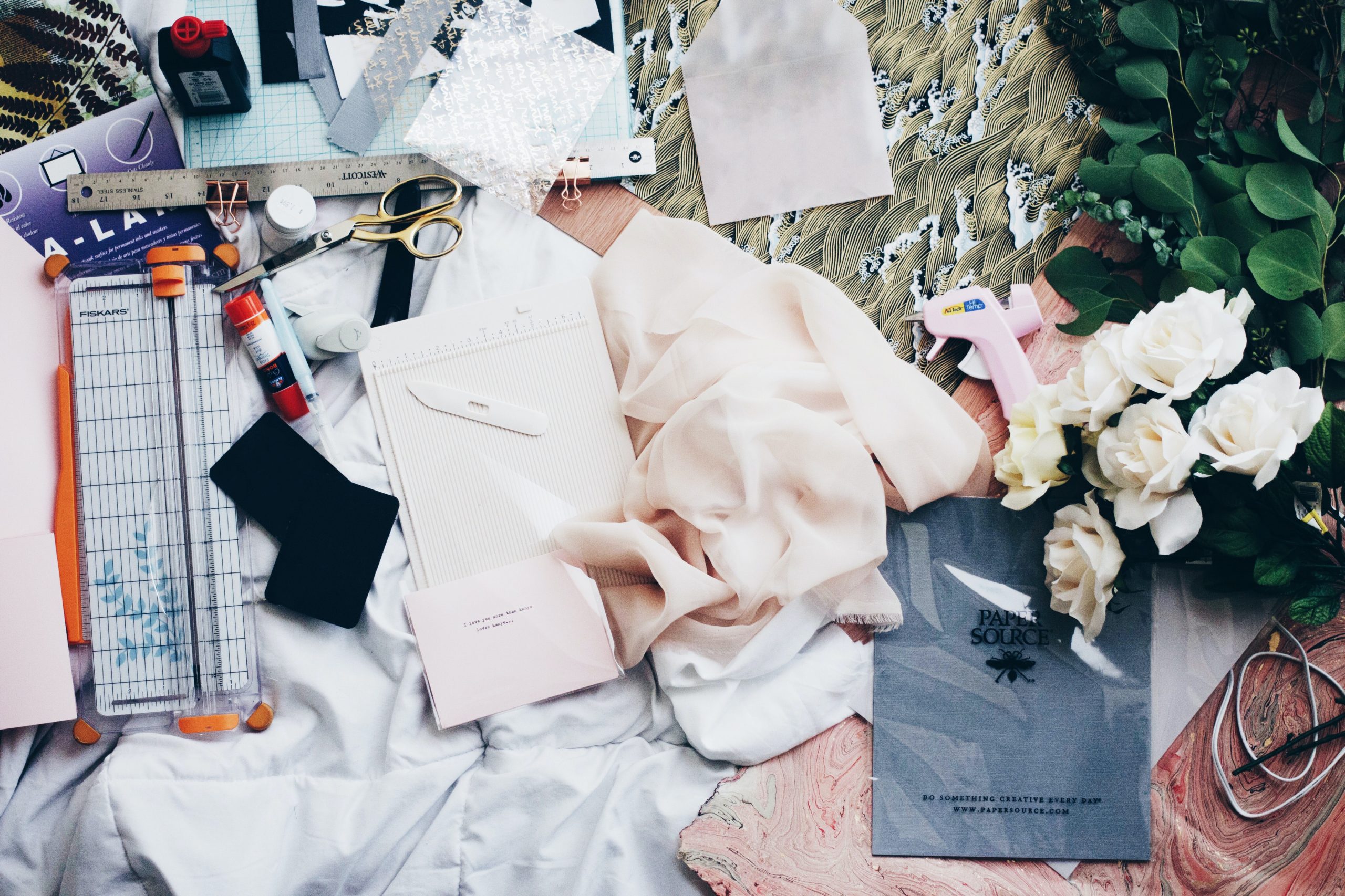
Reading A Sewing Pattern For Dummies
When I started creating my sewing patterns, I knew there could be a better way to explain the steps (with photos) that didn’t involve obscure instructions that assumed you already knew what to do.
I wanted my sewing patterns to be accessible to all skill levels. Something a beginner could pick up and follow along by themselves and understand what they were doing and why. All of my patterns are written:
- in plain-English steps without sewing jargon
- without assuming you know how to do steps (like stay stitching or seam finishing)
- and with lots and lots of pictures *showing* you what to do
Using my patterns, you’ll go from feeling…
😣 confused and unsure of what you are doing
😣 stuck and not sure how to move forward
😣 and overwhelmed by the jargon
…to feeling…
🙌 confident in your skills, clear in your ability to complete the pattern, and proud of making something yourself that your friends and family will be astounded at.
Hitting Your Sewing Goals
Then, once you build those sewing and pattern-reading skills, your world just opens up to all kinds of things —
💗 making your own unique one-of-a-kind wardrobe
💗 giving heartfelt handmade gifts
💗 creating handmade items for your kids they will treasure forever
Learn Sewing Pattern Basics with Our Easy Patterns
Think you want to give it a try? Here are 3 of my patterns that are perfect for beginners to learn how to read a sewing pattern. You’ll learn the fundamentals of sewing with right sides together and turning inside out, sewing machine straight stitching, and the slip stitch hand sewing technique.
Detachable Collar Pattern
Sew a detachable collar for an easy fashion accessory. This is a super easy pattern to start with. You’ll learn the basics of a pattern layout, and fundamental pattern construction. All of the steps are very basic with no complex techniques. This process is part of every sewing pattern, and is the perfect way to learn.
DIY Coin Purse Pattern
Next, you can explore a pattern with the basics, plus the additional technique of adding snaps with this easy coin purse pattern. You’ll reinforce the basic pattern format instructions (sewing right sides together, and turning out your work), but adding techniques like top stitching.
Half Apron Pattern
Progress your skills even further with this half apron pattern. Building on what you’ve already learned, this apron pattern will teach you how to add a ruffled edge by using a gathering technique. You’ll also learn how to make a tie for the apron by sewing a long fabric tube and turning it right side out.
Never miss a sewing project or tutorial
Want to get my best crafty tips & tutorials to create handmade projects and heart-melting gifts? All delivered to you in a weekly-ish email, along with exclusive offers. Pop your email in the box below and hit Subscribe. Unsubscribe anytime. See my Privacy Policy for details.
Oh! And, you’ll also get 10% off your next pattern purchase.
Like this article? Pin it for later


